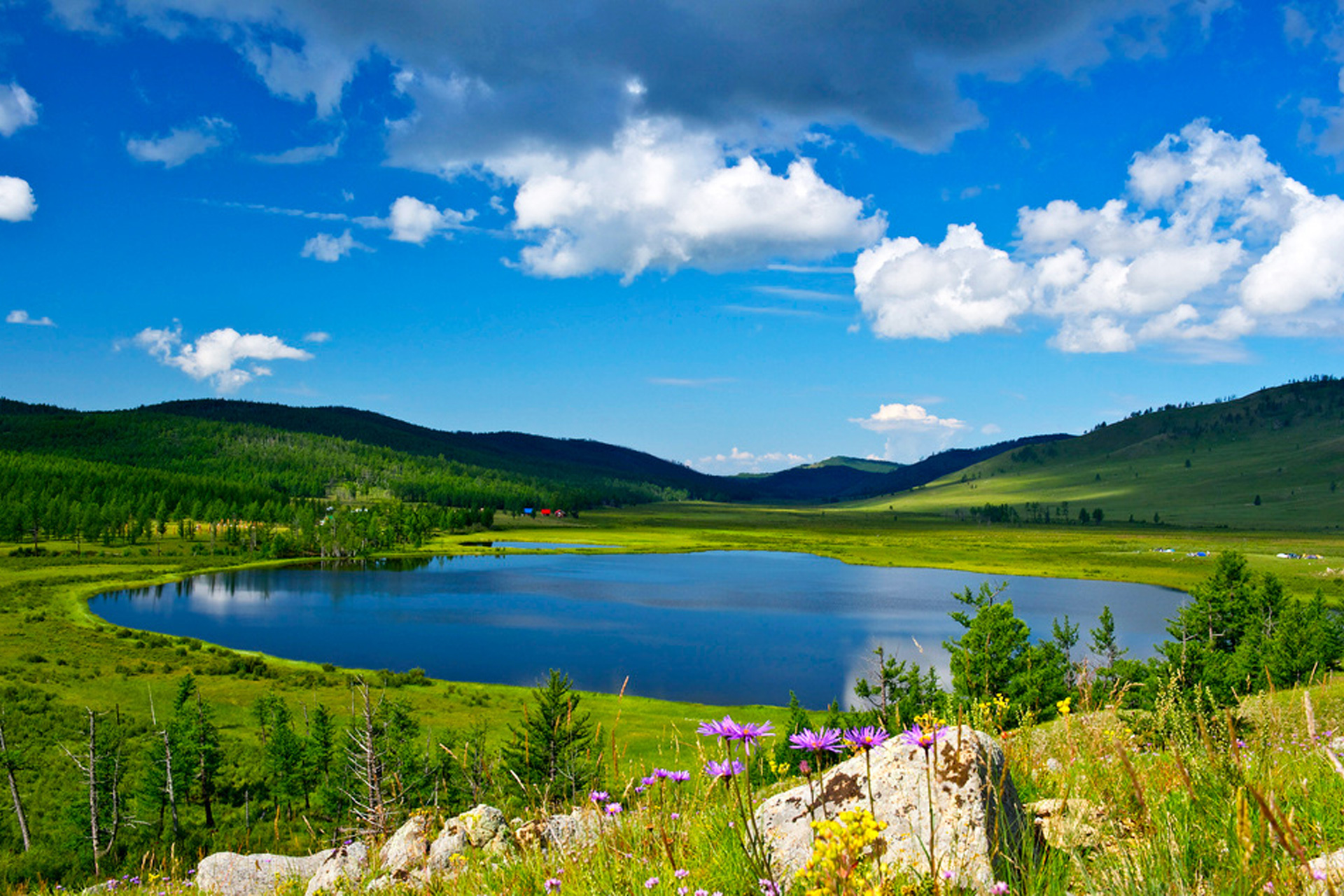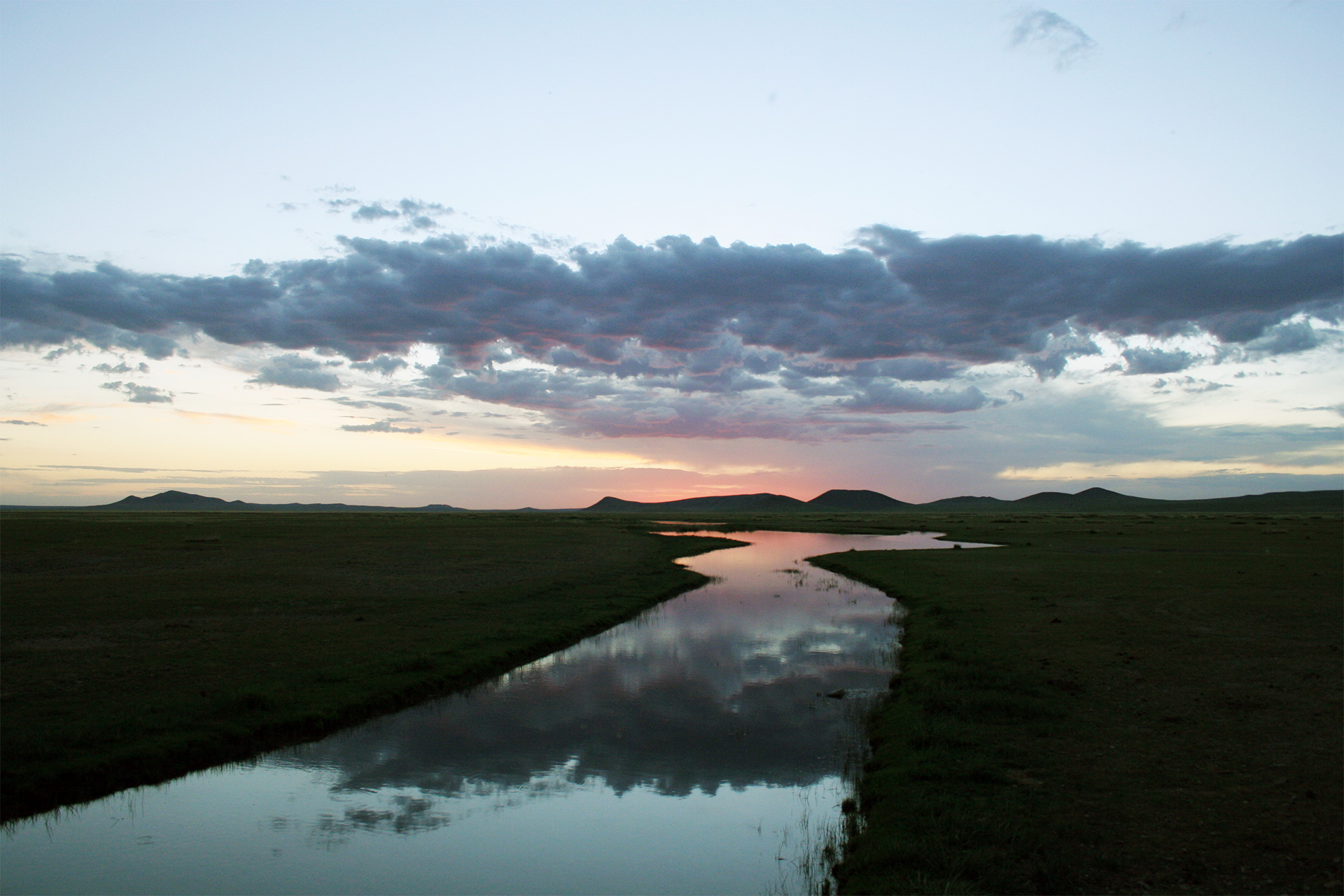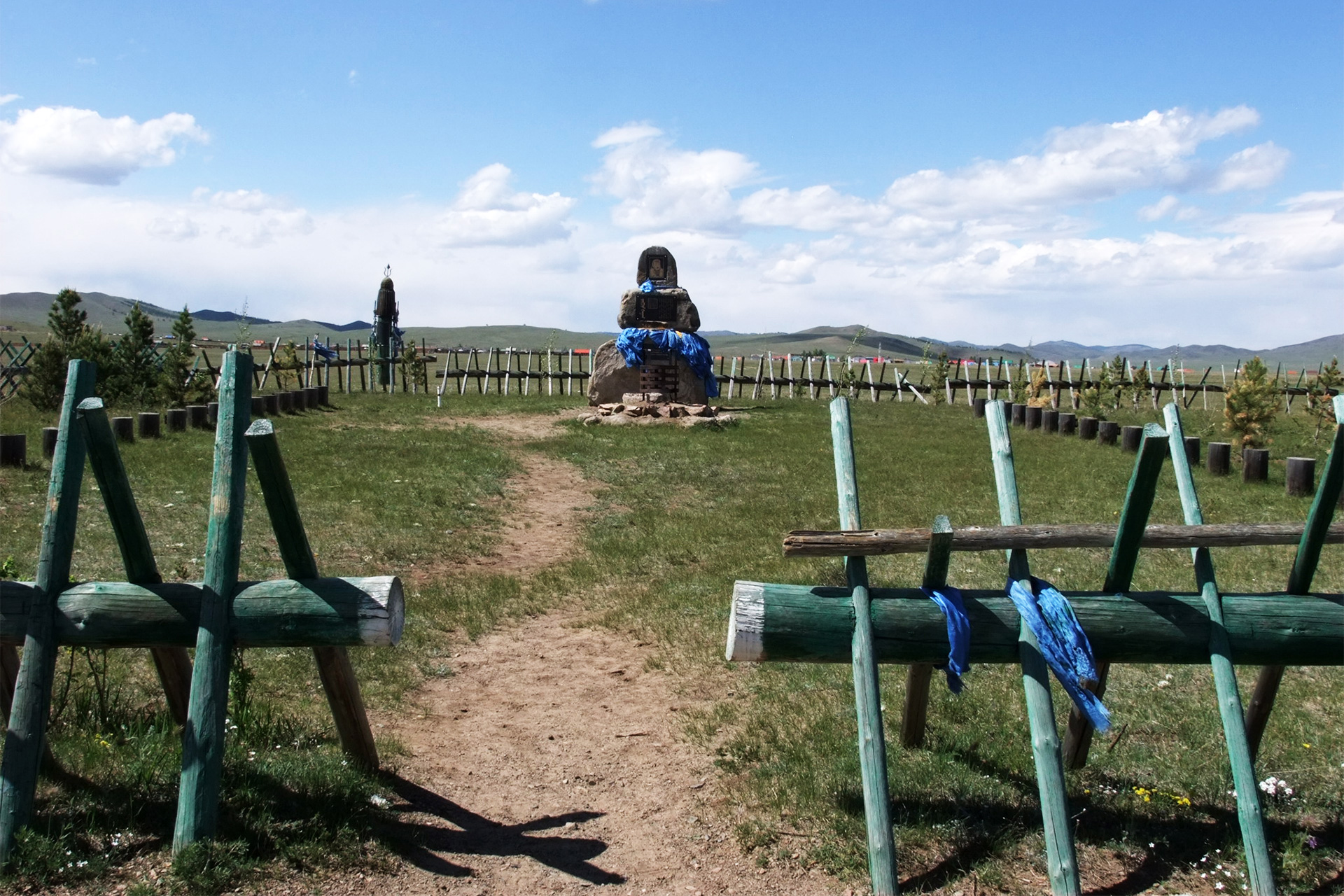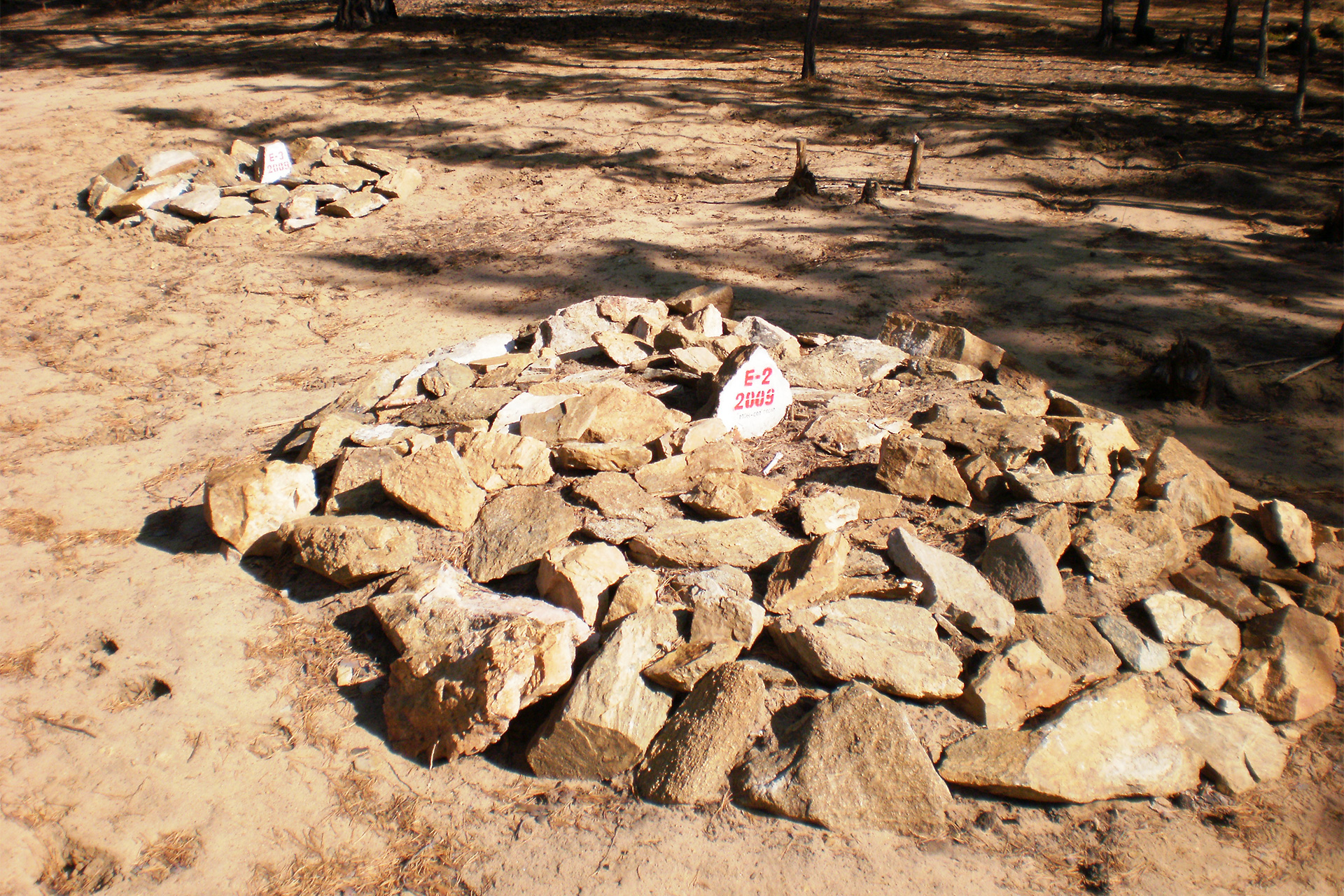Introduction of Khentii province and Chinggis city
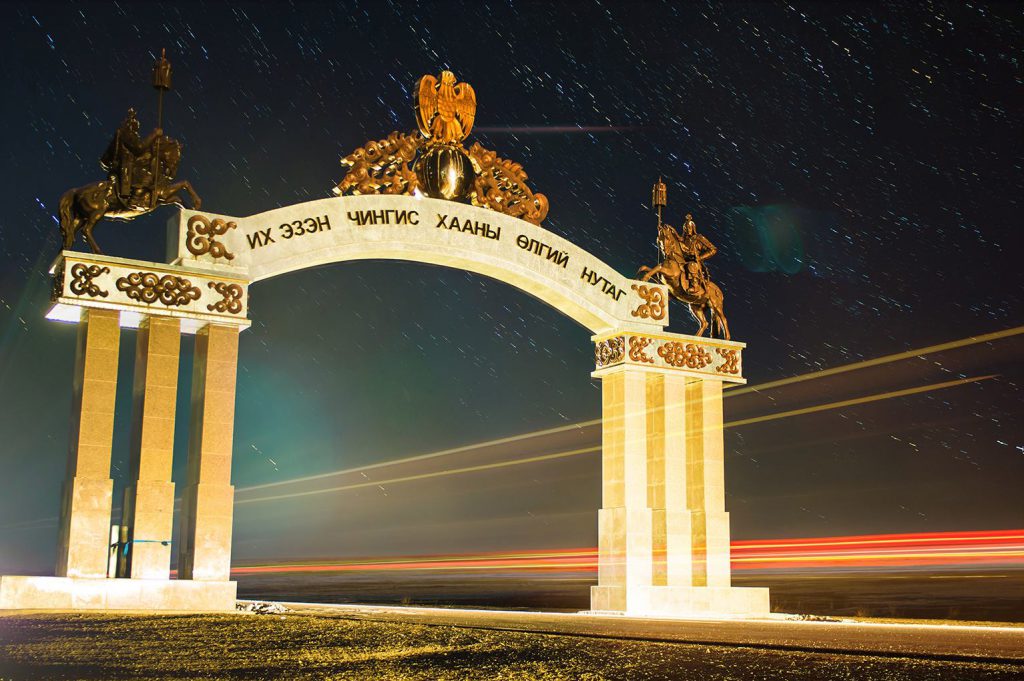
The Khentii province, as the Chinggis Khan’s home town, is one of the oldest four provinces in Mongolia and is located in Kherlen and Onon Rivers Basin with the most part of the Kentii mountainous region.
The neighboring provinces are Dornod, Sukhbaatar, Dornogovi, Govisumber, Tuv and Selenge, and the province borders with Russia in the north.
The majority of the total population is Khalkha, Buriati, Uriankhai, Kazak, Durvud, Bayad, Dariganga and Hamnigan ethnic groups.
Location: 330 km east of Ulaanbaatar.
Connected to the capital city by a paved road.
Elevation of 1880-2450 meters above sea level.
Total land area: 80.3 thousand square kilometers.
Administrative units: 18 soums, 5 villages, 88 bagg.
Center of the province: Chinggis city.
Total population of Chinggis City: 19.3 thousand.
Climate: 10% of the total area of the province is humid, 40% slightly humid, 50% dry
Emblem: White Falcon
9 wonders of the Khentii province
2. Baldan Bereeven Monastery
3. The Monument of Chinggis Khaan
5. Khar zurkhny Khukh lake
6. Kherlen Khuduu Aral
8. Rashaan Khad
9. Hunnu Tombs at Duurlig Nars
History of Chinggis Khaan
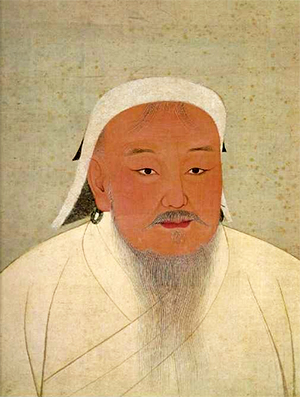 Chinggis was probably born, as the first son of Yesugei Baghatur and Hoelun, in 1162, the year of black horse, in Delüün Boldog near the mountain Burkhan Khaldun and the rivers Onon and Kherlen in modern-day northern Mongolia, Dadal soum of Khentii province.
Chinggis was probably born, as the first son of Yesugei Baghatur and Hoelun, in 1162, the year of black horse, in Delüün Boldog near the mountain Burkhan Khaldun and the rivers Onon and Kherlen in modern-day northern Mongolia, Dadal soum of Khentii province.
The Secret History of the Mongols reports that his real name was Temujin and he was born grasping a blood clot in his fist, a traditional sign that he was destined to become a great leader.
Yesugei Baghatur butchered the unnamed mare and made some soup for Hoelun for recovering from the birth. He buried the spleen of the mare in the ground and then the place was called as the Deluun Buldag (Spleen Buried), the name of the place was changed as the Deluun Boldog.
There is a cold spring on the eastern side of Bayan-Ovoo Mountain from east of Deluun Boldog. The ceremonial washing of the new born Temujin was celebrated at the spring called as Khajuu Bulag. There is another legend that the tea to Hoelun was made of water of the spring.
In 1189, Temujin was elected as Chinggis Khaan as Emperor of all Mongols.
Also, in 1206, Temujin founded the Great Mongolian Empire and was once again proclaimed Chinggis Khaan. Dismissing the old rule of living on tribes and aimags, arranging his people into mingghan (ethnic groups of thousand), appointing the leader of the mingghan among his common people and founding the Yasser (also known as Yehe Zasag) were the grounds for the long-term survival of the Great Empire of Mongols.
The Great Khan died in 1227, the year red pig.
Chinggis Khan had wives as Borte, Yesugen, Isukhan, Khulan and Abika, who gave birth to his 6 boys and 5 daughters.
The descent kings of Chinggis Khaan (known as Altan Urag, meaning Golden lineage) continued his great deals and the Great Empire of Mongols was survived for more than 400 years.








